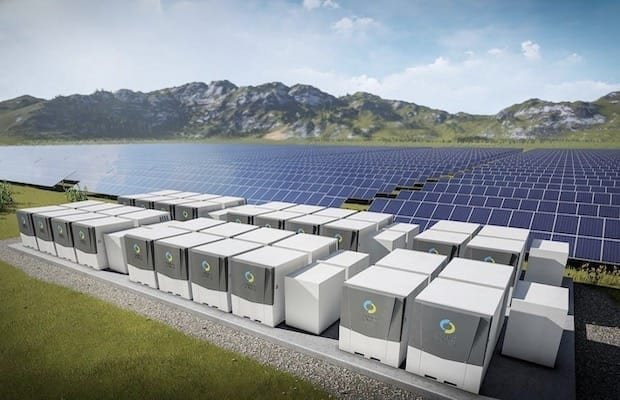
The advent of President Trump’s second term has heralded significant changes for the U.S. energy industry, and savvy private equity investors are adapting.
Six months down the road, the reprioritization of investment opportunities by such savvy private equity investors has delineated some clear—and familiar—near-term winners.
Two of the top five private equity investment trends in U.S. energy, which we identified in interviews with leading market participants, pertain to a fast-moving renaissance of traditional fossil fuel opportunities.
Back to the Future
First, natural gas is increasingly considered to be vital to the global coal-to-clean transition, with strong export potential in addition to rising domestic demand. This is seen especially in states like Texas, which are seeing a surge in natural gas popularity.
As a result, private equity investments are targeting midstream assets—including storage, LNG (liquefied natural gas), and processing—that promise the chance to tap into that international growth while also offering resilience and relative stability at home.
COMMENTARY
Gas is also gaining support from major U.S. tech firms emboldened to supplement renewables to meet their substantial energy needs. This reinforces the role of natural gas as a key transitional fuel, bolstering renewed investor interest.
Second, interest in oil sector investments looks set to rebound amid political tailwinds triggered by the Trump administration. Despite volatility in the market, with the U.S. oil sector suffering since January due to weakening demand and lower prices, private equity investors have again identified opportunity in oil.
For some, rather than a return to drilling, this interest focuses on oil logistics, service companies, and infrastructure. They are betting on the sector’s resilience and increased demand in developed markets.

Others are less prescriptive at this stage. Nonetheless, it Is clear that Trump’s election has begun to reverse a 20-plus-year trend of private equity groups pulling away from traditional oil and gas. Private equity is seeing a shift away from renewable energy projects, which have largely stalled in a much-changed policy landscape. Instead, that now-freed up capital comes back to oil.
A Nuclear Option
The often-overlooked nuclear energy sector is also gaining fresh impetus under the Trump administration.
Private equity investors in this area are focused on supporting the longevity of existing assets rather than participating in capital-intensive, slower-burn and higher-risk new builds.
Rather than funding new construction, private equity is investing in services that support the 94 nuclear reactors currently operating in the U.S. They are acquiring companies that provide engineering, maintenance, and repair services, essential for ensuring continuous and safe operations.
The appeal lies in nuclear’s emissions-free baseload power, which becomes more valuable as the reliance on and build-out of intermittent sources grows.
The Bigger Picture
Running alongside the policy-inspired revival of interest in fossil fuel and nuclear investment, private equity groups continue to highlight generational investment opportunities associated with the energy transition and electrification.
A record 33 GW of utility-scale solar capacity was commissioned in the U.S. in 2024, along with 11 GW of energy storage. Solar’s speed, scalability, and ease of deployment—especially when paired with storage—is making it more attractive to investors than wind which in many cases faces site, regulatory, and timeline hurdles.
With recent disruption in solar supply chains drawing out the development cycle, private equity is moving in to support solar developers who are facing short-term capital gaps. They have identified considerable long-term upside in doing so.
Some private equity investors are anticipating a boom in domestic solar manufacturing, as tariffs between the U.S. and Asian markets (including China) begin to bite, alongside other policy shifts aimed at stimulating domestic industry. This emerging investment focus is particularly attractive to private equity companies because it does not expose them to international trade risks.
In addition, private equity is also backing the long-term trend of rocketing demand for more electricity across a variety of sectors. Chief among them is the data center industry, whose 40 GW electricity demand in 2025 is projected to double by 2028 thanks in part to energy-hungry generative artificial intelligence technologies.
The pace and scale of this trend underpins investor confidence in a widening range of U.S. energy companies and assets, with power price and reliability starting to be recognized as the dominant features in a market previously led by the pursuit of clean electricity.
Two-Sided Coin
In summary, we see that both the transformational policy decisions taken by the Trump administration and wider, long-running macro trends are reshaping the U.S. energy landscape. The private equity investors that adapt quickly to this new reality will benefit from a menu of emerging investment opportunities.
—Jennie Simmons is a partner with Troutman Pepper Locke.





